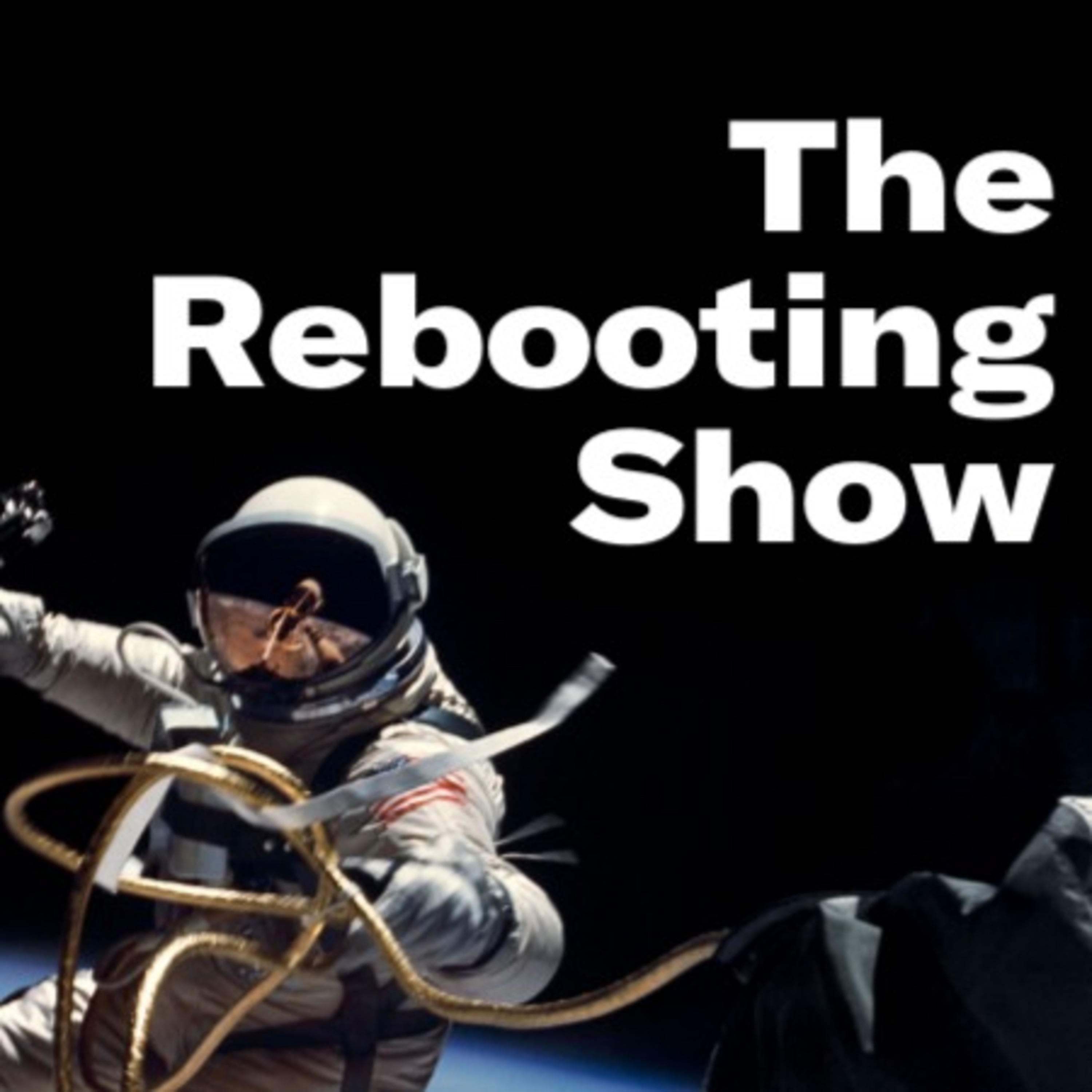Episode 82
Hearst's David Carey on media's chaotic future
On this week’s episode of The Rebooting Show, I was joined by Hearst’s David Carey to discuss the resilience of so-called legacy media businesses. David returned to Hearst in 2019 as svp of public affairs and communications after a stint at Harvard, picking up on an eight-year run as president of Hearst Magazines from 2010 to 2018. He was group president at Condé Nast for many years, as well as the founding publisher of Smart Money.
Some highlights from our discussion:
The broad view of content: Hearst used its media assets to diversify into information services. Fitch Ratings is its largest business, and in 2016 it spent $2 billion on Camp Systems, a software provider for the airline maintenance business. “The company's had a very broad view of what content is, and, boy, is that to the benefit of everyone who works here.”
The end of the shiny object era: “There was a lot of chasing whatever the latest thing was, but those businesses turned out not to be sustainable, or they turned out to be gimmicks, or they turned out to be easily replicated by others. It’s chaos in all directions for all media forms. It very much favors companies with real strategies, deep roots.”
Media’s always been hard: “Media is much harder to operate than it looks from the outside. That's always been true. It's easy to make a splash and make some noise, but even the latest upstarts are finding it's really hard to build a sustainable business that engages people on a regular basis.”
Media businesses need a bigger price curve: “Whenever I meet a [Wall Street] Journal executive, I tell them, you should come up with a $1,000 a year subscription, because I would pay that. It's that important. to how I operate in the world as an executive. Every brand has these concentric circles of diehard fans and next diehard fans and so on. The problem is there hasn't been effective price discrimination.”
Print is like a couture fashion show: “What they send down the runway is important but not their biggest business. What happens at Chanel at a couture show, that business is relatively small, but it sets the stage for everything below that. It's the eyewear, the handbags, the accessories. Ultimately they make their money from selling beauty products at Bloomingdale's and in Saks Fifth Avenue. You're starting to see that happen with magazines. They have an opportunity to become multi-tiered businesses. The print piece becomes the standard bearer [to more lucrative businesses like events and data].”
